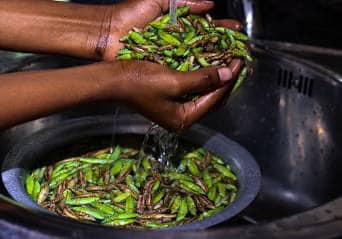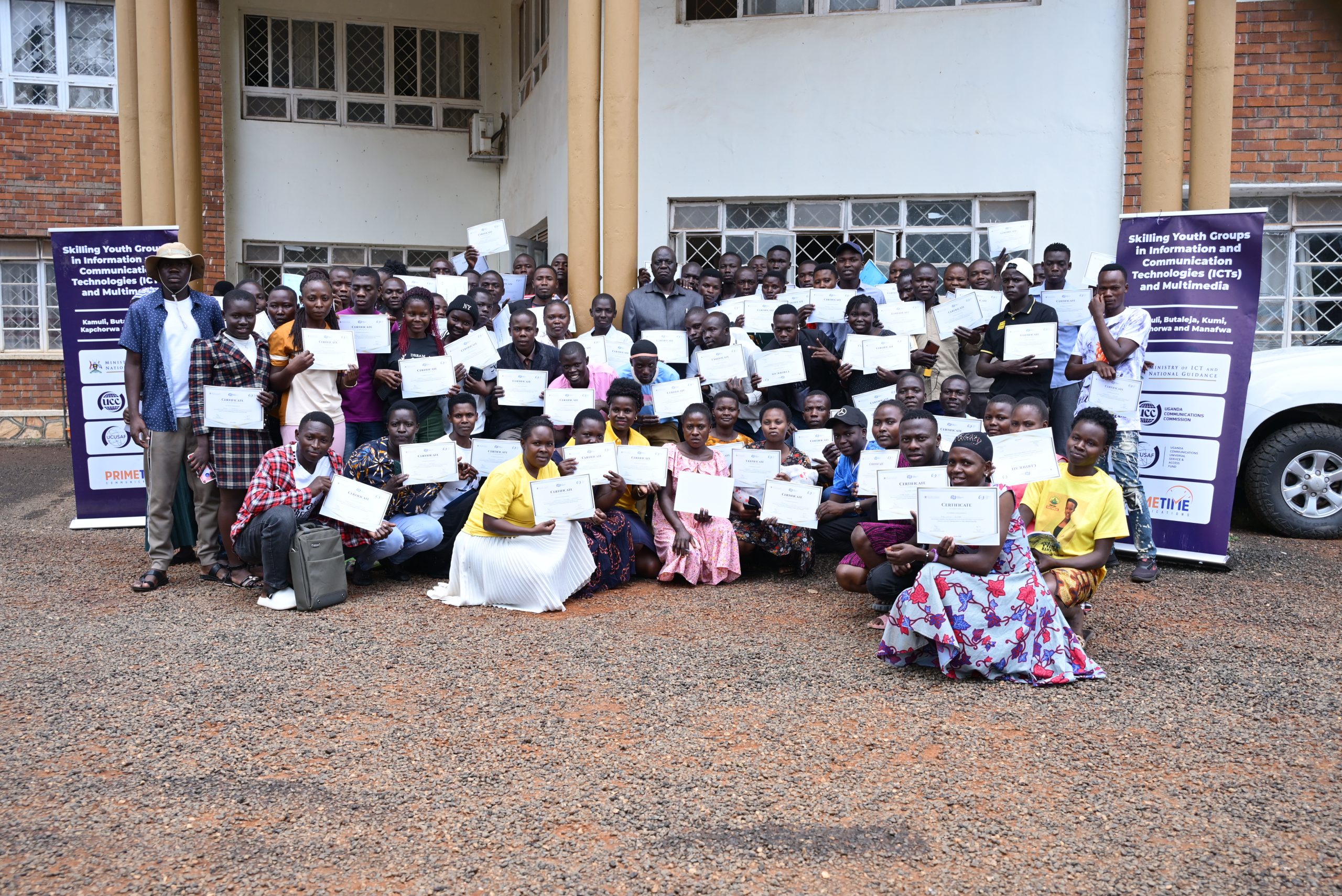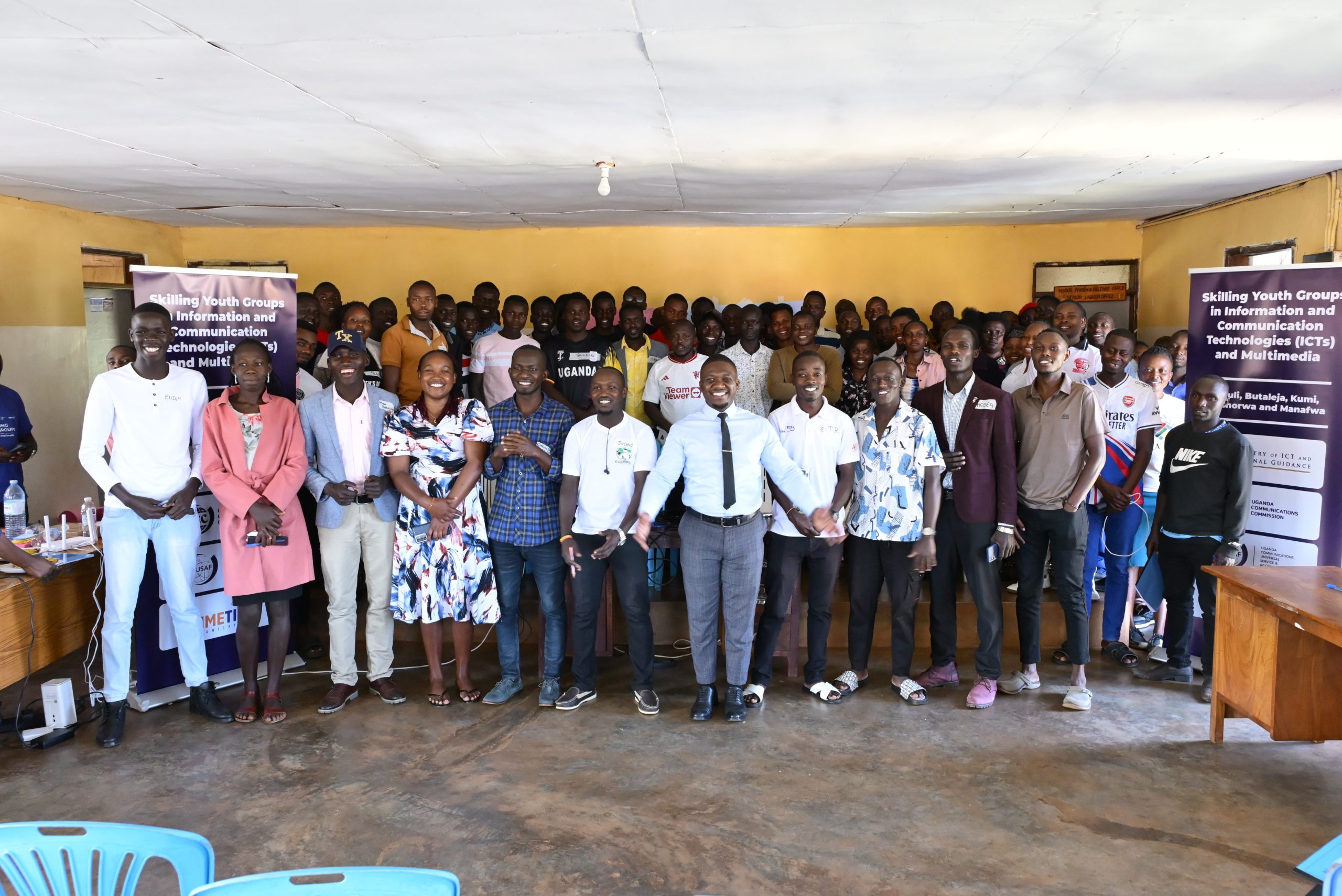By Denis Jjuuko
A crisis nearly happened in Uganda this month. November is the month for millennia that is known for grasshoppers that the Baganda named the month after it — Musenene. It is the last month in the second rainy season that comes with grasshoppers or Nsenene in Uganda. Mild rains usually come in with grasshoppers just like they do in May at the end of the first rainy season.
However, this November has been a bit different, with grasshoppers nearly doing a no show. People in Masaka, the urban area where the grasshoppers always showed up waited and waited with fluorescent lights beaming at the highest levels every night ready to attract and catch them only managing to see a few butterflies each night.
Approximately 120km away in Kampala, a crisis was about to unfold. Where are the grasshoppers, everyone asked. Memes started flying on social media that if the grasshoppers don’t show up, the people should instead feast on those who belong to this particular clan. You know, Nsenene is one of the 54 clans of Buganda! Ugandans even when a crisis is unfolding, they will always find some humour.
Nsenene is a delicacy that is loved by Ugandans. Many people long to feast on them in May and November. Some people peg their annual income on these two seasons. Many hawkers and traders forget about other items so that their full focus is on the grasshoppers. Taxi operators abandon people to bring grasshoppers to Kampala, which is the major market in Uganda, driving at speeds that ambulances can’t match. Grasshoppers are highly perishable!
If a grasshopper is seen in a town, within hours, people have set up the infrastructure necessary to catch them. As we waited for the now elusive grasshoppers, a few were seen in a small trading centre in Kassanda. Within hours, some optimistic business people had hired generators from Kampala, bought iron sheets and round metallic containers commonly known as Drums to catch them. That is how far people go to catch these flying insects.
Then, we heard that they had finally been spotted in Fort Portal and Bundibugyo in western Uganda. The excitement in Kampala was unparallel. Finally, the grasshoppers were here. People asked dieticians if they could eat as much as they want. A small cup containing about 300 grams was going for Shs10,000. People complained of the cost but they were still lining up to buy. I have heard that Masaka finally got swarms of them crushing the prices significantly to the chagrin of the Nsenene traders.
However, the delay for the Nsenene to leave their habitat so we could enjoy them shows one of the biggest challenges of our time. For millennia, we have enjoyed the delicacy that is grasshoppers but we have never bothered to do something about it. We simply wait for God to send them every May and November. The majority of us have no idea where these grasshoppers come from.
Why can’t we do studies about them? Why can’t we hatch them and commercially farm them? To be fair, I heard some years ago that some researchers have done so in Makerere and had found it humanly possible to commercially farm Nsenene. I hope I am wrong but I haven’t heard of any place where Nsenene is farmed today. It is a delicacy that can bring significant rewards to the investors all year round than simply waiting in anticipation every May and November and complaining whenever they don’t show up or delay to do so.
As Uganda’s population grows and turning the Nsenene habitats into farmlands and urban centres, we should not always expect that grasshoppers will be in abundance every May and November as it has been for thousands of years. The delay this November is a sign that the worst times are ahead.
Our famed scientists have their job well cut out. I am not sure who was funding the Makerere researchers but this is one area the government of Uganda can take up. Grasshoppers and its value chain can create thousands of decent jobs for young people throughout the year instead of just twice a year. The youth who work the night to catch them, transporters, utility companies and the distribution network that we usually see every May and November would now be annual businesses. We can process them so that they are available on the shelf for whoever is interested.
We can export them too. Approximately two billion people or 25% of the world’s population eat insects. That is a market that is estimated to grow to US$18 billion by 2032. We can target it. Edible insects like grasshoppers are richer in protein, amino acids, vitamins, fat and energy than animal meats and therefore could solve some of our malnutrition challenges. And we didn’t have enough time to talk about white ants (enswa), crickets (amayenje), and locusts (amayanzi) today!
The writer is a communication and visibility consultant. djjuuko@gmail.com











